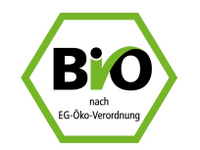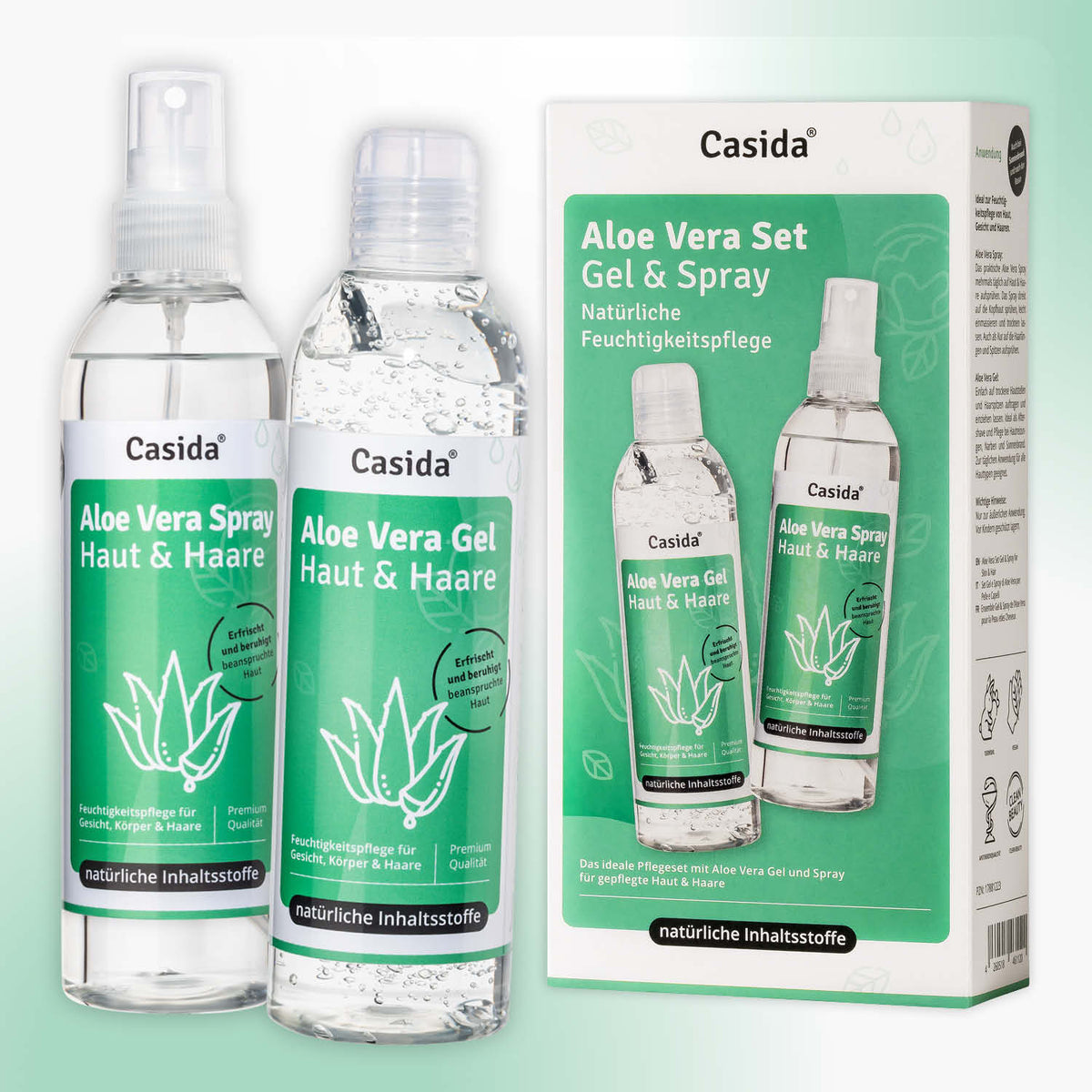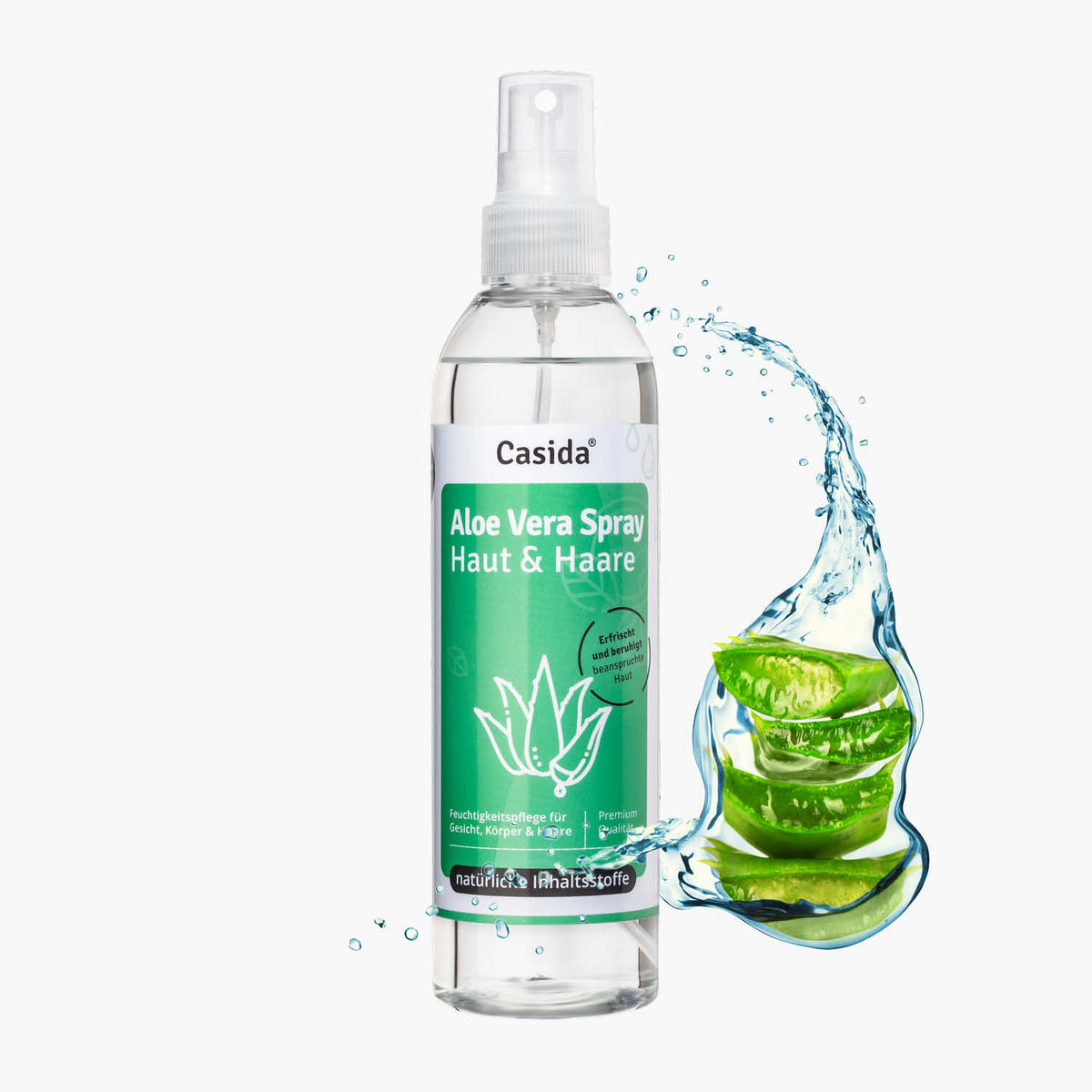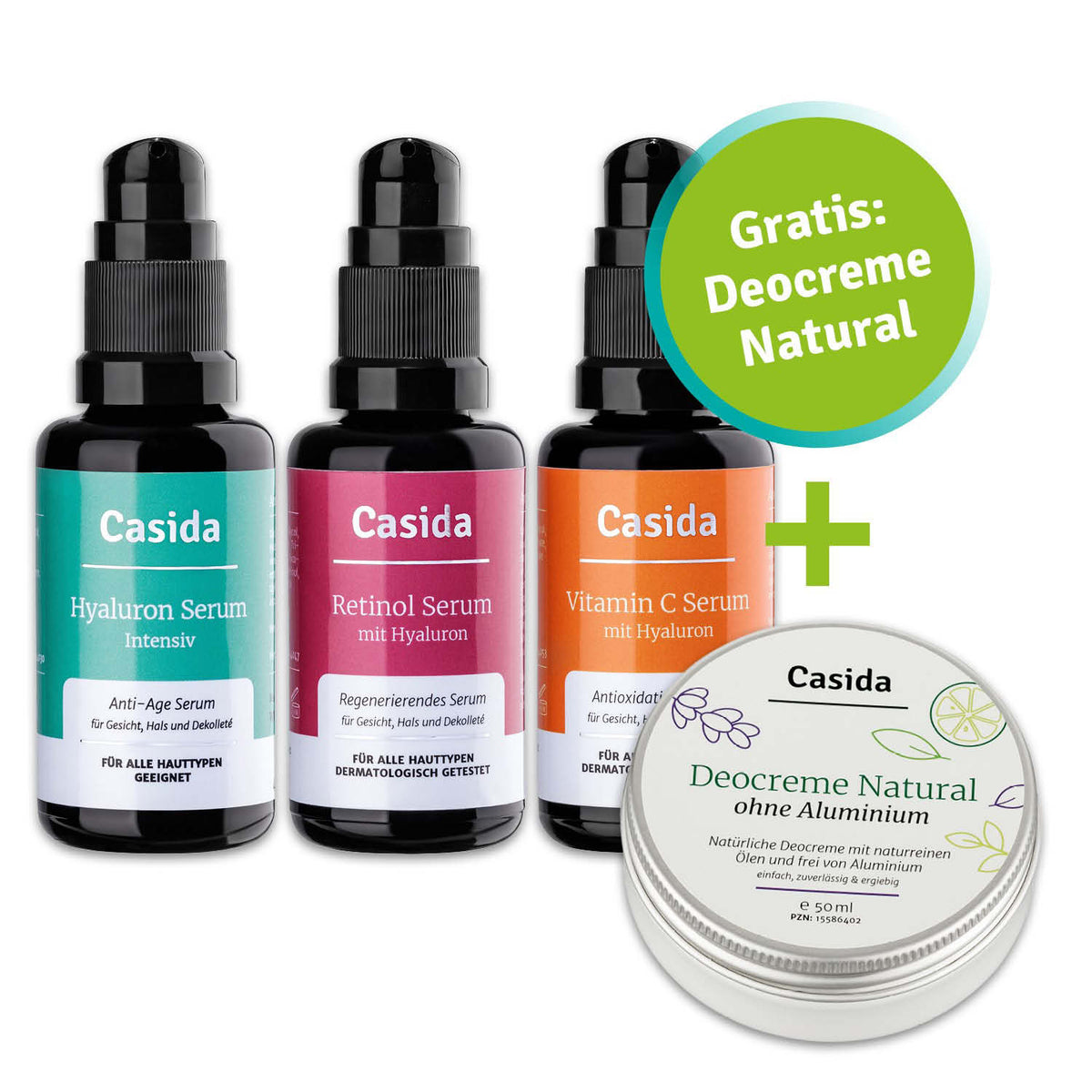An ingrown toenail (lat. Unguis incarnatus) most commonly occurs on the big toe, is painful and can become inflamed. Below you can find out more about the symptoms, causes and possible treatment methods for an ingrown toenail.
Table of contents
1 What is an ingrown toenail?
The pressure of the ingrown toenail on the surrounding tissue often leads to painful inflammation. Bacteria can penetrate more easily through the irritated tissue and aggravate the inflammation. The so-called granulation tissue, also known as wild flesh, begins to proliferate during the healing process. Because of the unpleasant pain, those affected often cut their toenails even shorter. If the shoe presses even slightly, pressing the edge of the nail into the tissue could lead to a new ingrown toenail. This creates a vicious circle from which those affected cannot escape without medical help or the help of another specialist.
2 What symptoms can occur?
An ingrown toenail is actually quite easy to recognize. The following symptoms can be observed:
- Inflammation
- redness
- swelling
- pain
- bleeding
- weeping or suppurating wounds
- unpleasant odor due to the bacteria
- Wild flesh over the nail
3 How does an ingrown toenail develop?
The most common cause of an ingrown toenail is the lateral edge of the nail being pushed into the tissue and the nail growing further. This injures the skin, which leads to inflammation. But what causes the nail to be pushed into the tissue? This can have the following causes:
- shoes that are too tight
- incorrectly cut toenails - short or rounded at the corners
- sweaty feet
- overweight
- diabetes
- Chronic leg vein weakness
- cardiac insufficiency
- kidney weakness
- Medication for the treatment of cancer
4 How is an ingrown toenail treated?
An ingrown toenail is often treated as follows:
- Conservative treatment The first step in conservative treatment of an ingrown toenail is to relieve the tissue from the nail. By pushing a padded strip of plaster between the skin and the nail, more air can get between them and the patient immediately feels pain relief. As the ingrown toenail usually causes inflammation, treatment with iodine is recommended. In order for the anti-inflammatory ointment to work, foot baths are advisable beforehand. Softening the tissue makes treatment with ointment and plaster easier. If the nail is too round on the side, it can also be treated with nail correction braces. These are made of plastic or steel wire and are attached to the edges of the nail and fixed in the middle. The affected person must wear the nail correction brace for between 6 and 12 months in order to pull the ingrown toenail upwards out of the nail bed. This process is therefore very lengthy because the nail practically grows into a new shape.
- Surgery In more serious cases, however, conservative measures are not sufficient to treat the ingrown toenail. In this case, the ingrown corners of the nail and the granulation tissue must be surgically removed under local anesthesia. After the operation, either a small bandage or a plaster is applied to the wound, which must be checked regularly by the doctor. Otherwise the toenail could grow in again. If this happens, it is advisable to have another operation to reduce the size of the nail bed. The doctor removes the affected nail and the lateral nail wall in a wedge shape, which makes the nail narrower and prevents it from growing in again. The affected person must wear a plaster for a while and change it regularly.
5 What can I do myself to prevent and relieve the condition?
It can be helpful to cut the nails straight and not oval. Older people are often affected by ingrown toenails as they are no longer able to care for their feet and nails properly due to reduced mobility. In such cases, it makes sense to seek medical foot care. Shoes that are too tight and small should also be avoided. Instead, it is advisable to choose breathable shoes in the right size. If you have an ingrown toenail, a foot bath can help to clean the painful area. Simply soak your feet for 10 to 20 minutes and then push the skin away from the ingrown nail edge. Don't forget to dry your feet thoroughly after the bath. Then treat the wound with antiseptic and anti-inflammatory ointments, oils, gels or tinctures. A suitable product for this is Casida's Repair & Protect plant-based nail oil, which is free from chemical additives and 100% purely plant-based. Thanks to its high-quality ingredients, the oil is excellent for foot and nail care. The antifungal and antibacterial effects of Casida's plant-based nail oil support the treatment of ingrown toenails. Simply apply the nail oil to the affected nails once or twice a day.







